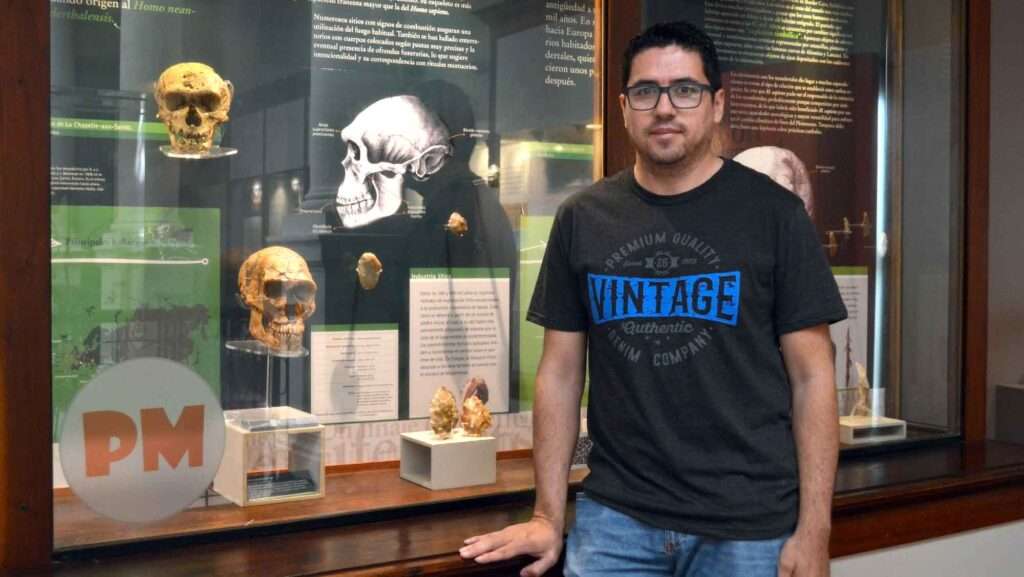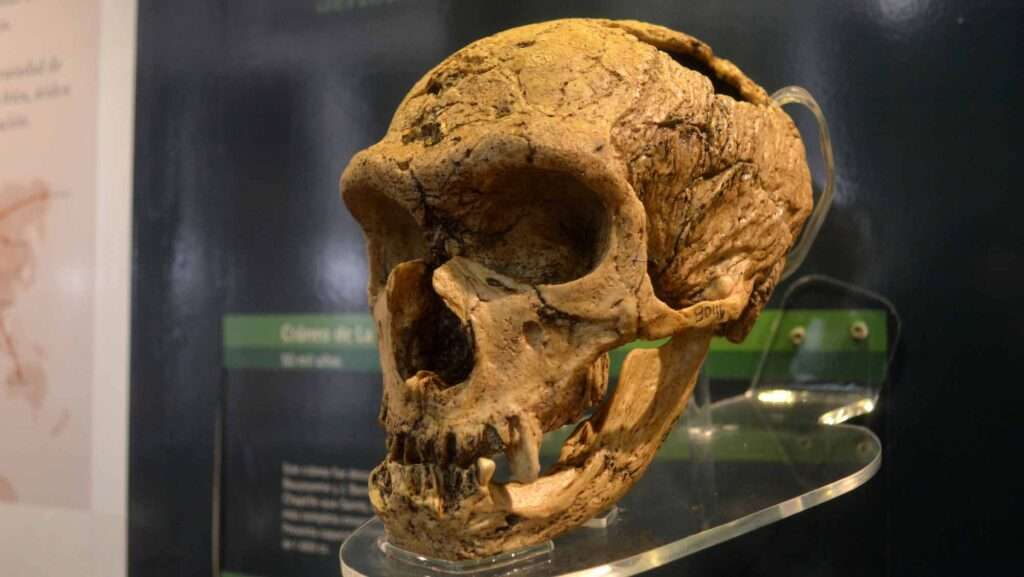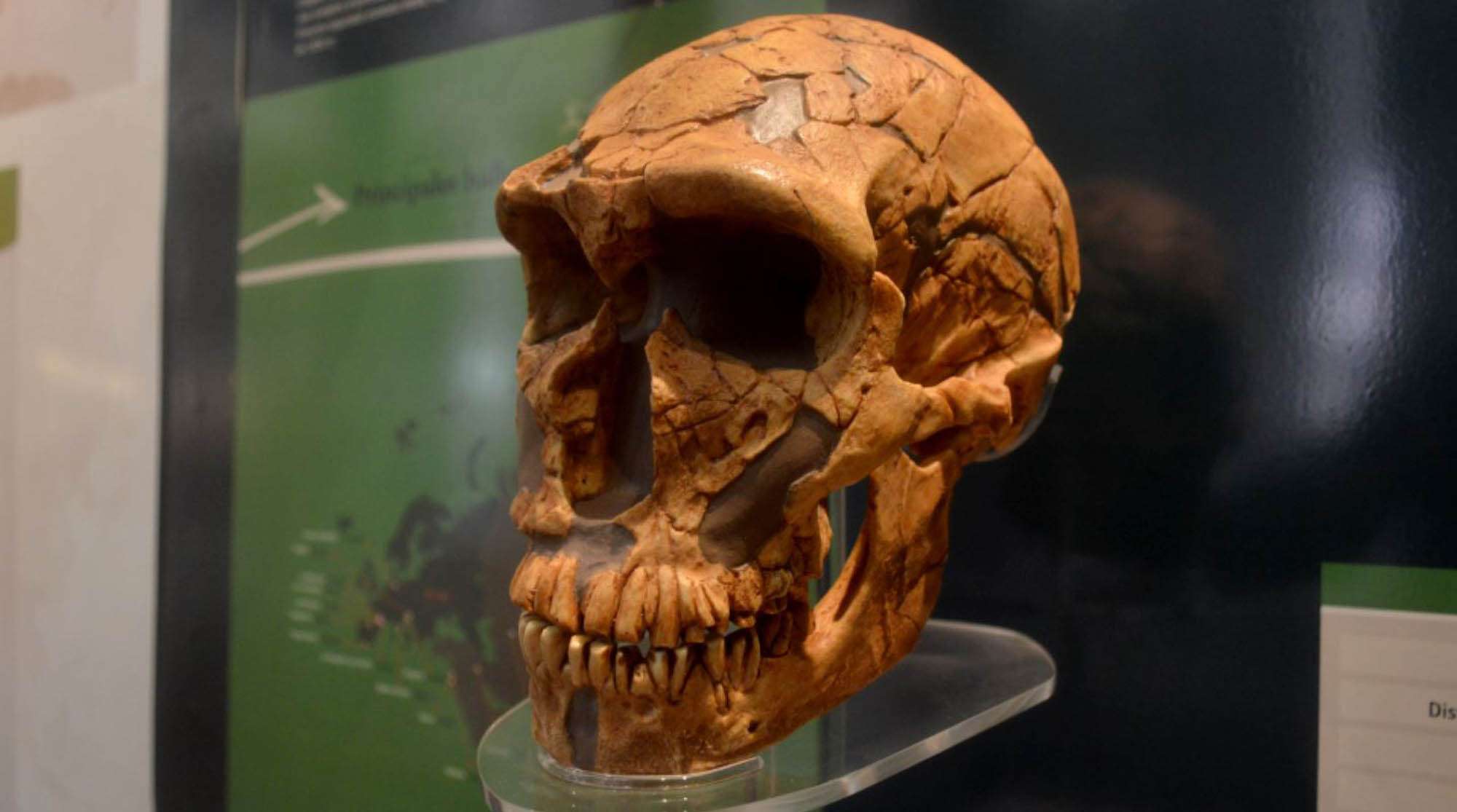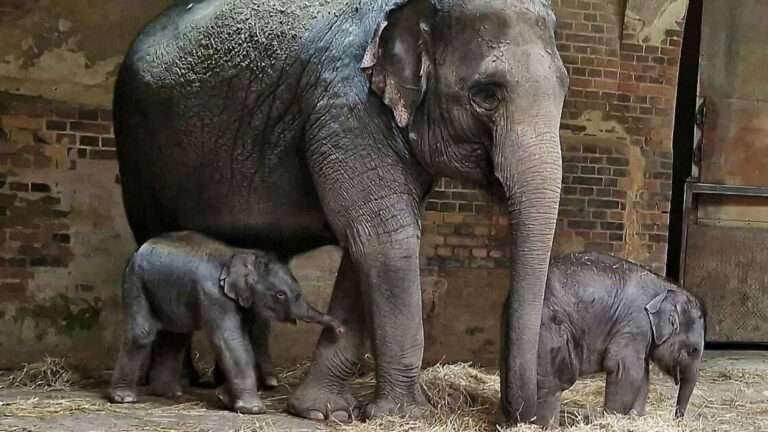Modern humans have their Neanderthal ancestors to thank for their tall, narrow nose shape, a new study has revealed.
The study – led by researchers from the University College London (UCL)- shows humans are much closer to their ancient cousins than previously thought.
Interbreeding between Neanderthals in Europe and Asia and humans migrating from Africa up to 80,000 years ago passed on traits that survived to this day.
The study – published in the peer-reviewed journal Communications Biology – found that one gene leads to a taller nose.
It says it may have become dominant as ancient humans adapted to colder climates.

One of the researchers, Professor Miguel Delgado, said in a statement obtained by Newsflash: “We think of Neanderthals as being very different from us.
“From the discovery of the first Neanderthal fossils in Europe in the mid-19th century until relatively recently, there was a widespread idea that there was not much in common between Neanderthals and humans.
“However, the research made it possible to verify that modern humans have an important genetic contribution from Neanderthals.”
For the study, scientists looked into the different facial traits of more than 6,000 modern humans from Latin America, of mixed European, Native American and African ancestry.
The Latin American samples were compared with those of more than 19,000 people from Europe, Asia and Africa to see the shape and genetic relationship with the most recent Latin American ancestors.
They were also compared with fossil records of 12 Neanderthals that inhabited much of Europe and Asia between 500,000 and 40,000 years ago.

Astonishingly, researchers found that many of the participants carried genetic material inherited from the Neanderthals, contributing to longer noses.
Co-corresponding author Dr Kaustubh Adhikari said: “In the last 15 years, since the Neanderthal genome has been sequenced, we have been able to learn that our own ancestors apparently interbred with Neanderthals, leaving us with little bits of their DNA.
“Here, we find that some DNA inherited from Neanderthals influences the shape of our faces.”
Researchers also discovered that the gene could have been passed down as part of a natural selection process.
They believe the nose shape evolved as humans slowly adapted to colder climates as they moved out of Africa.
Regarding the social importance of the study, Professor Delgado said that “they are very useful to demolish xenophobic or racist discourse. “

He added: “Our differences as a species are morphological, not genetic. Structural racism that stigmatises the other has no genetic basis ”.
The finding is reportedly the second discovery of DNA from archaic humans, distinct from Homo sapiens, affecting our face shape.
The same team had previously discovered humans’ lip shape was likely inherited from the ancient Denisovans, another population of archaic humans that lived in Asia between 500,000 and 30,000 years ago.
To find out more about the author, editor or agency that supplied this story – please click below.
Story By: Simona Kitanovska, Sub-Editor: Marija Stojkoska, Agency: Newsflash
The Ananova page is created by and dedicated to professional, independent freelance journalists. It is a place for us to showcase our work. When our news is sold to our media partners, we will include the link here.




